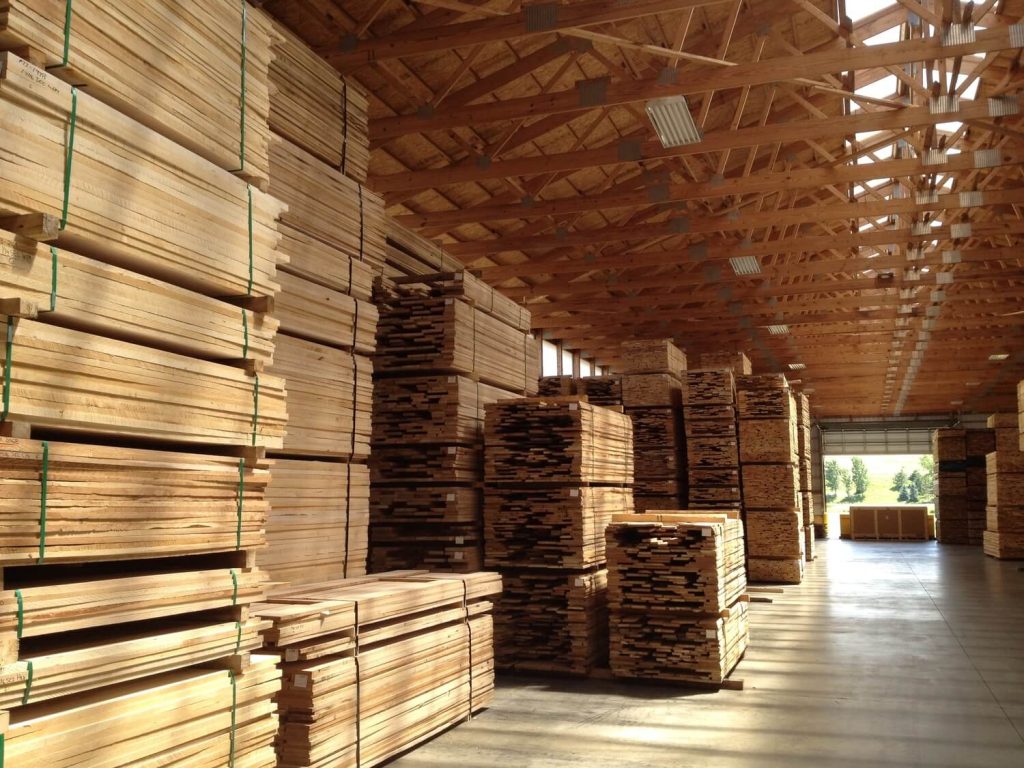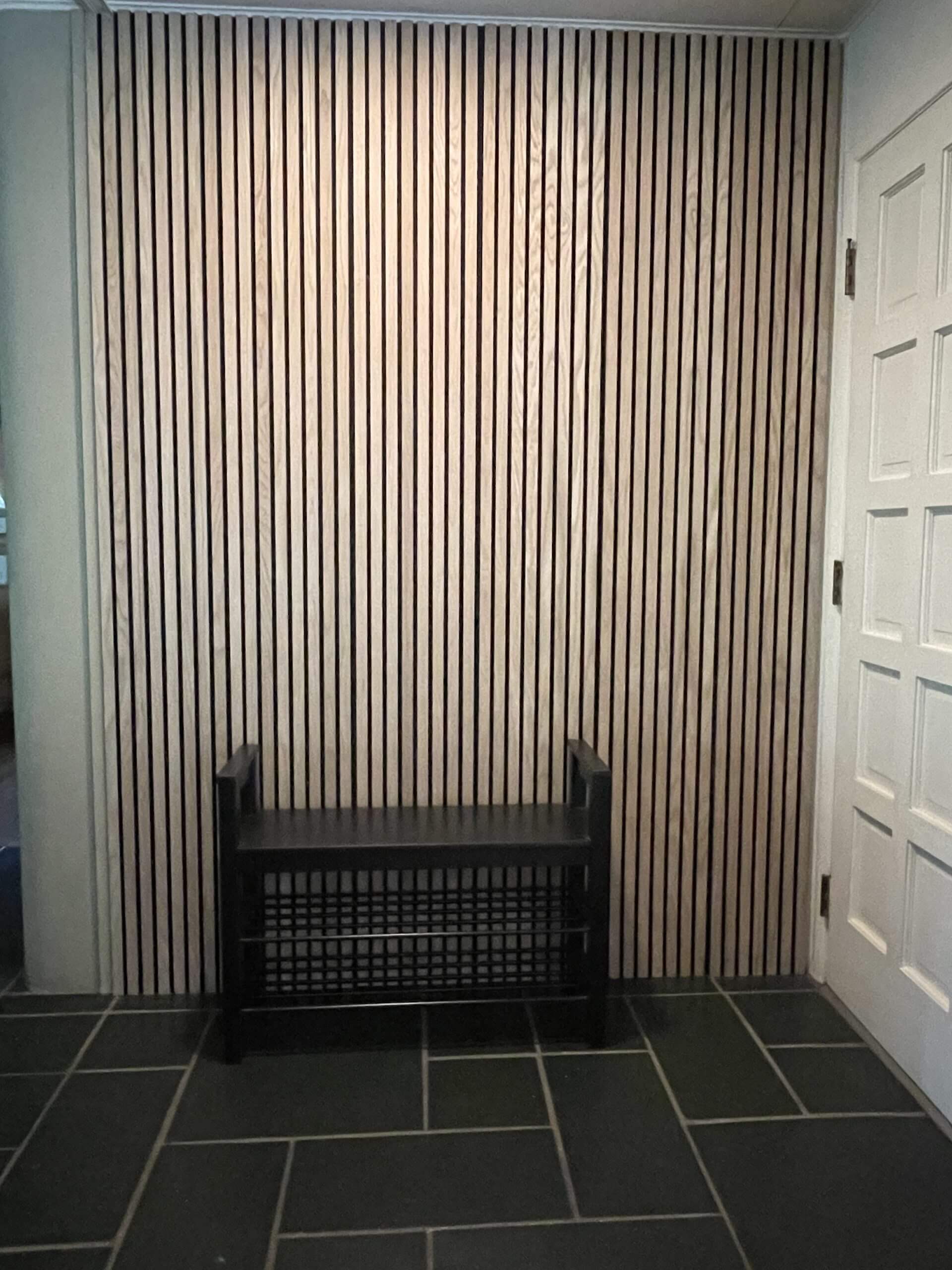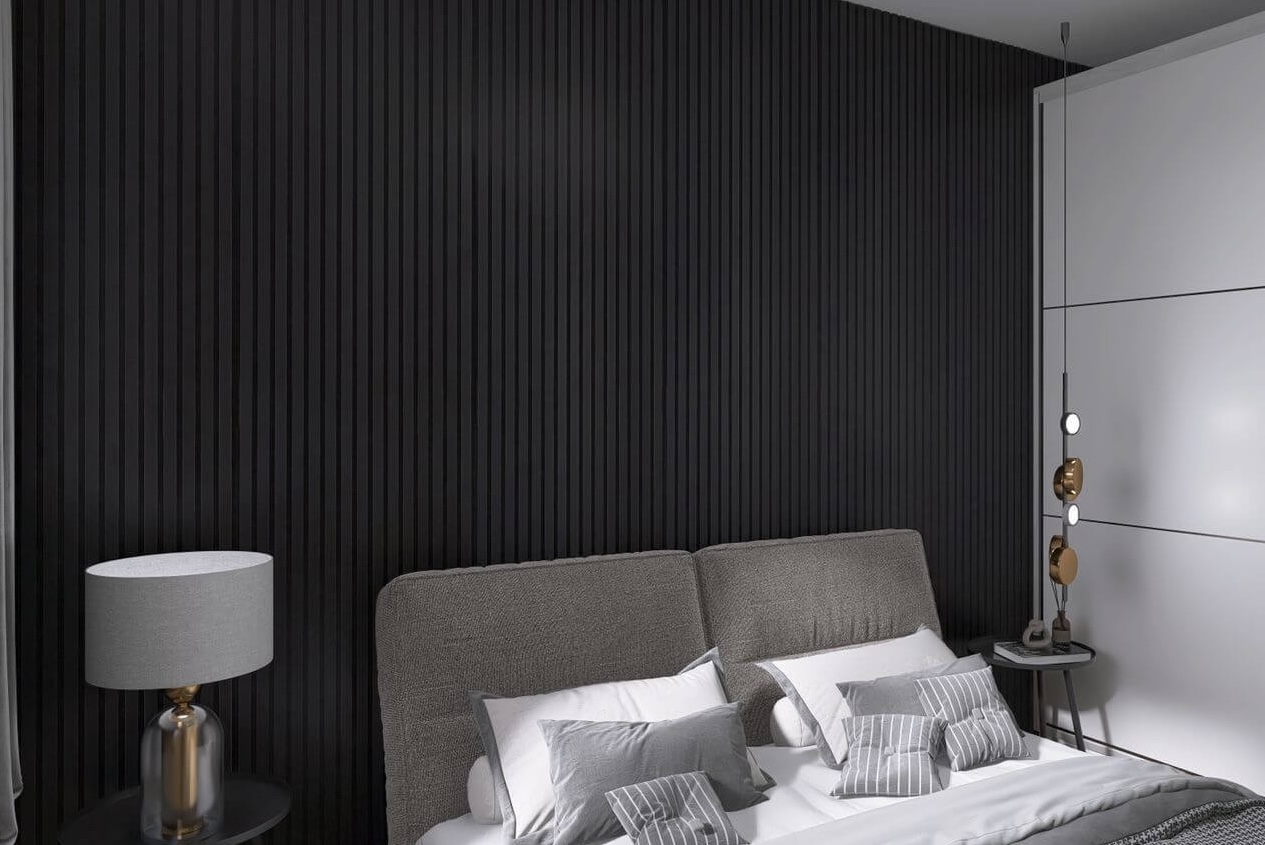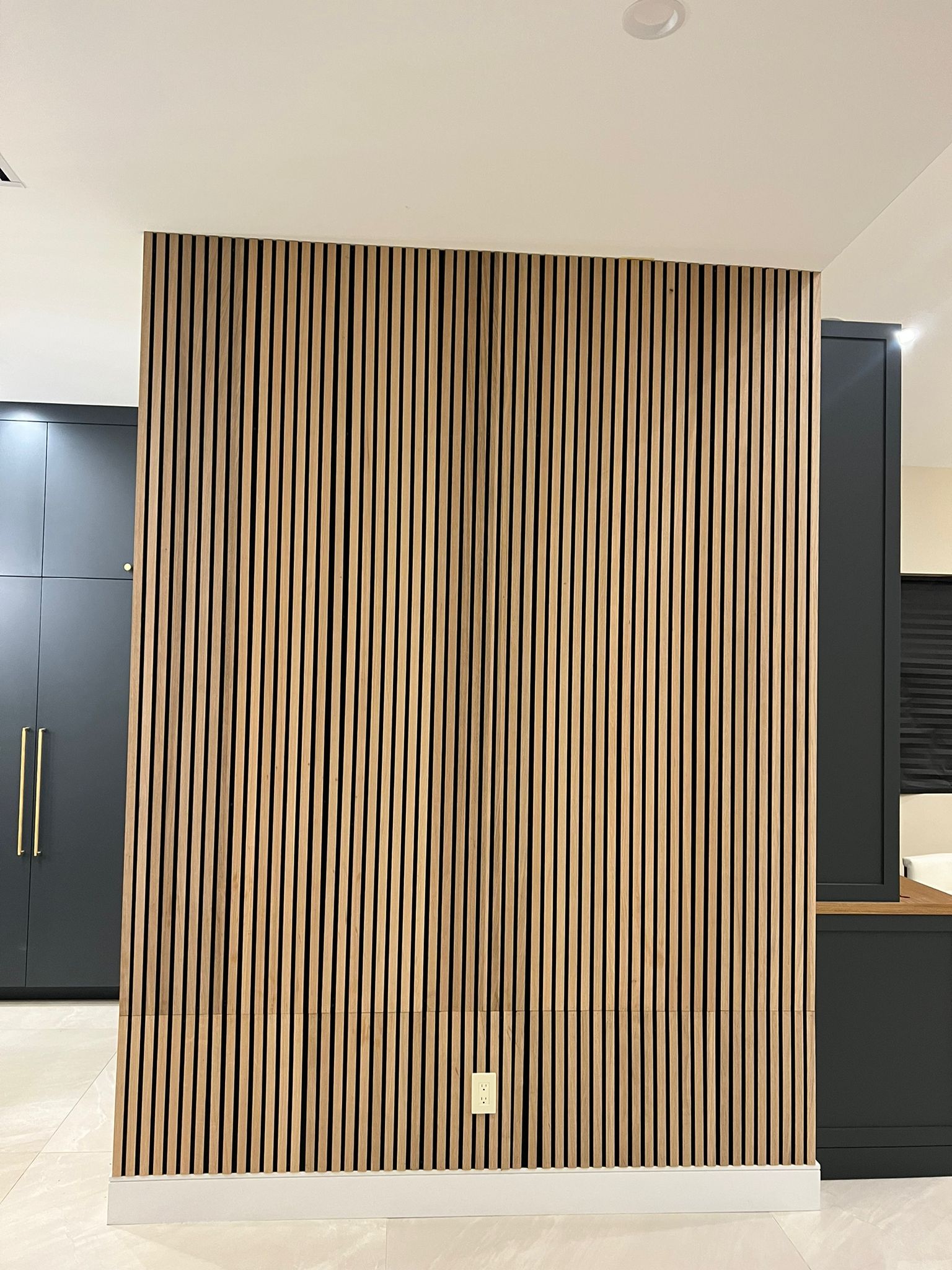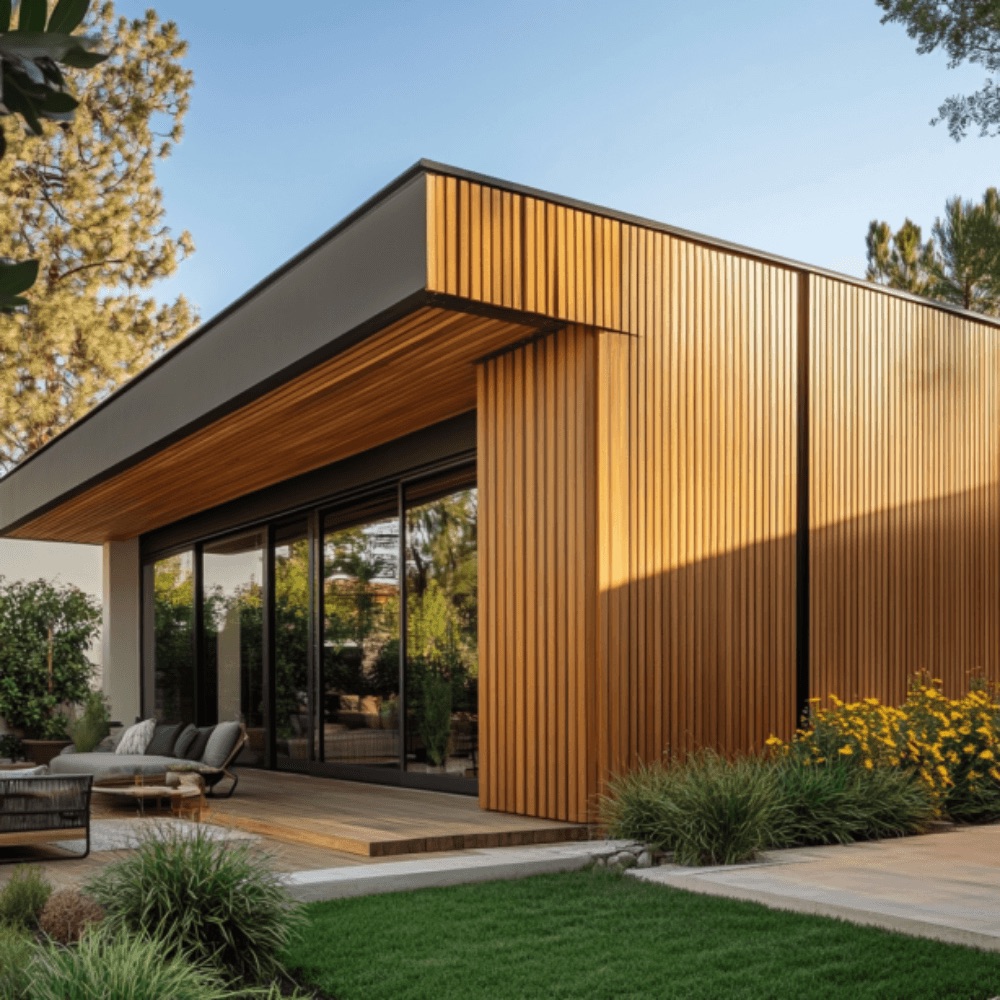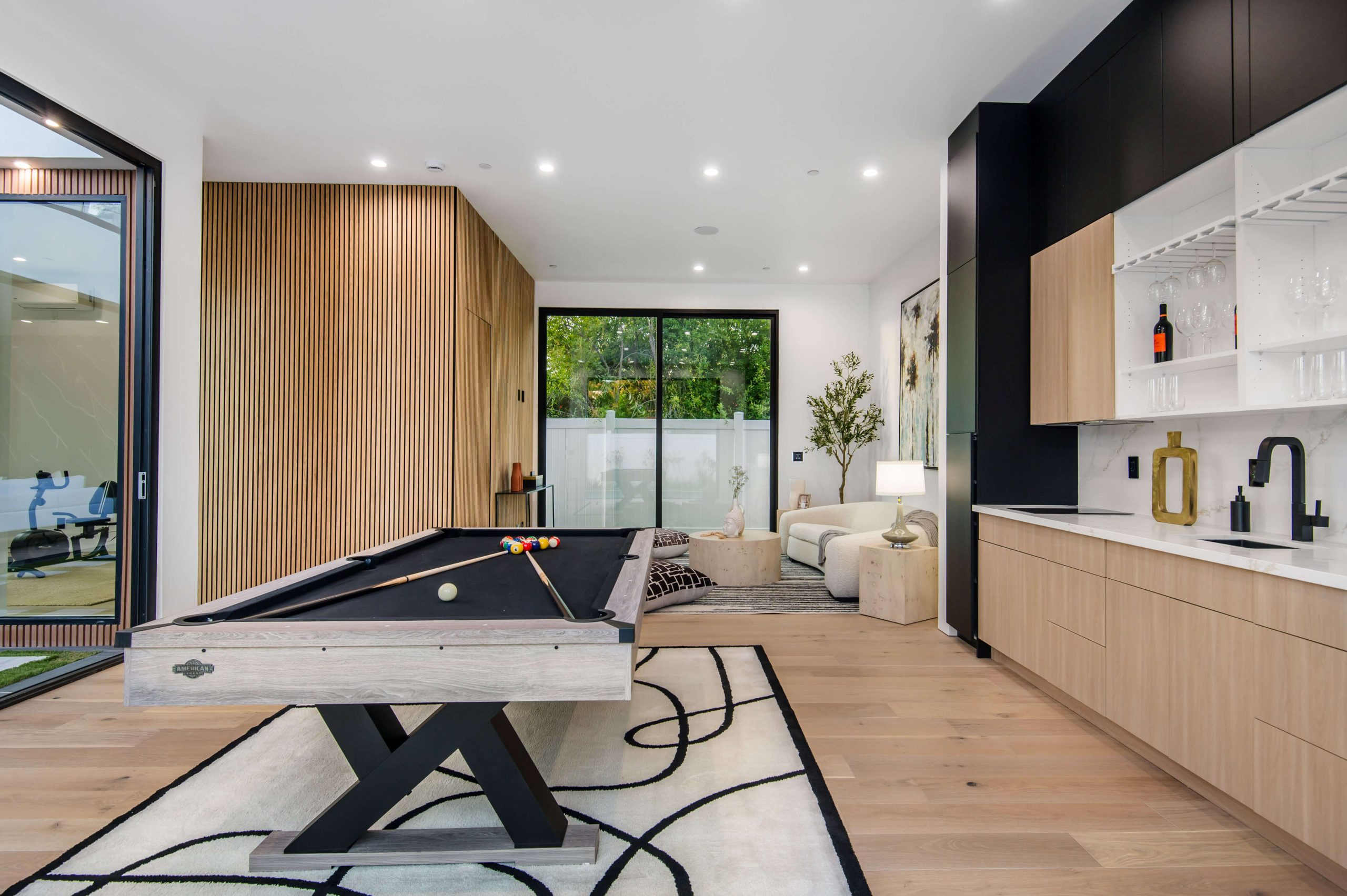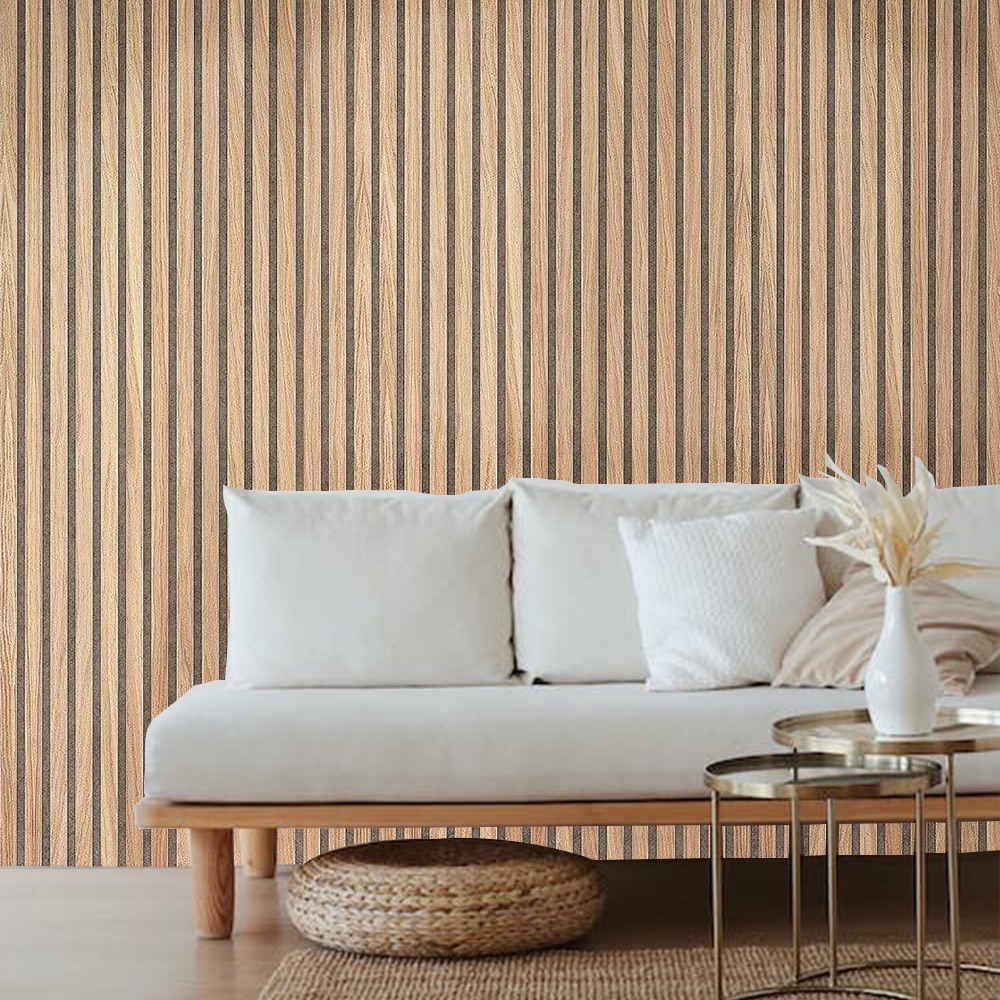Wood wall panels have become an essential feature in modern interior design, adding both elegance and function to a variety of spaces. With the growing popularity of wood paneling, understanding the types of wood wall panels can help you make informed decisions for your next project, whether it’s a DIY home renovation or a professional design job. In this guide, we will explore various wood wall panel types, their features, and their uses, offering you practical insights on how to choose the right wood panel for your space.
Why Choose Wood Wall Panels?
Wood wall panels offer a timeless aesthetic and practical benefits, including insulation and sound absorption. They’re not only for traditional settings but have also found their place in modern and industrial designs. The types of wood wall panels available on the market today cater to diverse tastes, with options ranging from classic oak to more modern wood-plastic composites.
Some of the key advantages of wood wall panels include:
- Aesthetic Appeal: Wood adds natural beauty and warmth to any space.
- Durability: High-quality wood panels can last for decades with minimal maintenance.
- Versatility: There are many styles, textures, and colors to choose from.
- Sound Insulation: Certain types of panels are designed to absorb sound, making them perfect for rooms where acoustics matter.
1. Shiplap Wood Wall Panels
Shiplap panels are one of the most popular types of wood wall panels due to their clean, horizontal lines and easy installation process. Traditionally used in barns and rustic settings, shiplap has now become a favorite in contemporary homes.
Features:
- Appearance: Characterized by horizontal boards with a small gap, giving a laid-back, rustic feel.
- Installation: Can be easily installed using nails or adhesive.
- Best for: Living rooms, bedrooms, and even kitchen backsplashes.
Steps for Installing Shiplap Panels
- Measure the wall to ensure proper panel fit.
- Cut the panels to size.
- Secure panels with nails or adhesive.
- Apply caulk to seams for a seamless finish.
- Paint or stain as desired.
2. Beadboard Wood Wall Panels
Beadboard panels are widely recognized for their vertical grooves, offering a classic and somewhat traditional aesthetic. They are commonly used in bathrooms and kitchens but can work in other spaces too.
Features:
- Appearance: Beadboard panels have evenly spaced vertical grooves that add texture to the wall.
- Installation: Panels come in sheets and can be applied directly to drywall.
- Best for: Bathrooms, kitchens, and mudrooms.
Visual Aid: Description List – Key Beadboard Terminology
- Grooves: The narrow, recessed spaces between the raised ridges of the panel.
- Wainscoting: A decorative paneling often installed on the lower half of the wall.
3. Slat Wood Wall Panels
Slat panels are a stylish and functional choice for modern spaces, known for their vertical wooden slats mounted on felt backing for enhanced acoustics. These panels have been gaining popularity in both residential and commercial settings.
Features:
- Appearance: Vertical slats that create a sleek, contemporary look.
- Installation: Simple adhesive installation on walls and ceilings.
- Best for: Home offices, living rooms, and studios where sound absorption is a priority.
Simple Flow Diagram – The Sound Absorption Process
- Sound waves enter the room → Slat panels absorb the sound → Reduced echo and improved acoustics.
4. Reclaimed Wood Panels
Reclaimed wood panels are an eco-friendly option that gives new life to aged wood, offering a rustic and unique aesthetic. Each piece of wood tells a story, often featuring knots, weathering, and original saw marks.
Features:
- Appearance: No two panels are the same, providing a rich texture and history.
- Installation: These panels require more intricate installation due to their varying sizes and textures.
- Best for: Accent walls, rustic interiors, and spaces that embrace vintage charm.
Comparison Table: Reclaimed Wood vs. New Wood Panels
| Feature | Reclaimed Wood Panels | New Wood Panels |
|---|---|---|
| Environmental Impact | Made from recycled materials | Uses new resources |
| Aesthetic | Unique, vintage look | Clean, modern look |
| Cost | Generally higher due to uniqueness | More affordable |
5. MDF Wood Veneer Panels
Medium Density Fiberboard (MDF) with a wood veneer finish is an affordable yet stylish option for those looking to mimic real wood without the cost. MDF is composed of wood fibers and resin, making it highly durable and resistant to warping.
Features:
- Appearance: Veneer finish offers a high-end look without the high-end price.
- Installation: Lightweight and easy to cut, MDF panels are perfect for DIY projects.
- Best for: Budget-conscious homeowners who still want the appearance of natural wood.
6. Wood-Plastic Composite (WPC) Panels
WPC panels are the perfect solution for exterior walls or areas with high moisture levels. Made from a combination of wood fibers and plastic, WPC panels offer the aesthetic of wood with the durability of plastic, making them ideal for outdoor use.
Features:
- Appearance: Mimics the look of natural wood, available in various colors and textures.
- Installation: WPC panels are weather-resistant and require low maintenance.
- Best for: Outdoor siding, patios, and bathrooms.
How to Choose the Right Wood Wall Panel for Your Space
Choosing the best types of wood wall panels for your project depends on several factors:
- Aesthetic Preferences: Do you want a modern, rustic, or traditional look?
- Location: Will the panel be installed indoors or outdoors? Some panels, like WPC, are better for moisture-prone areas.
- Functionality: Do you need panels with sound absorption or insulation properties?
Conclusion: Enhancing Your Space with Wood Wall Panels
Wood wall panels are a versatile and stylish solution for transforming any space, whether you prefer the rustic appeal of reclaimed wood or the sleek look of slat panels. With many types of wood wall panels to choose from, understanding their features and best uses can help you select the perfect panel for your design needs.
FAQs
1. What are the most common types of wood wall panels?
The most common types include shiplap, beadboard, slat, reclaimed wood, MDF veneer, and WPC panels.
2. Can wood wall panels be used in bathrooms?
Yes, certain types, like beadboard and WPC panels, are ideal for moisture-prone areas like bathrooms.
3. How do I maintain wood wall panels?
Regular dusting and occasional polishing or oiling can help maintain the beauty of wood wall panels.
4. Are wood wall panels easy to install?
Most panels, like shiplap and MDF, are easy to install for DIYers with basic tools and instructions.
5. Do wood panels help with sound absorption?
Yes, slat panels and certain other types are specifically designed to absorb sound and improve room acoustics.
By selecting the right types of wood wall panels, you can enhance both the beauty and function of your space, adding warmth, texture, and sophistication.

